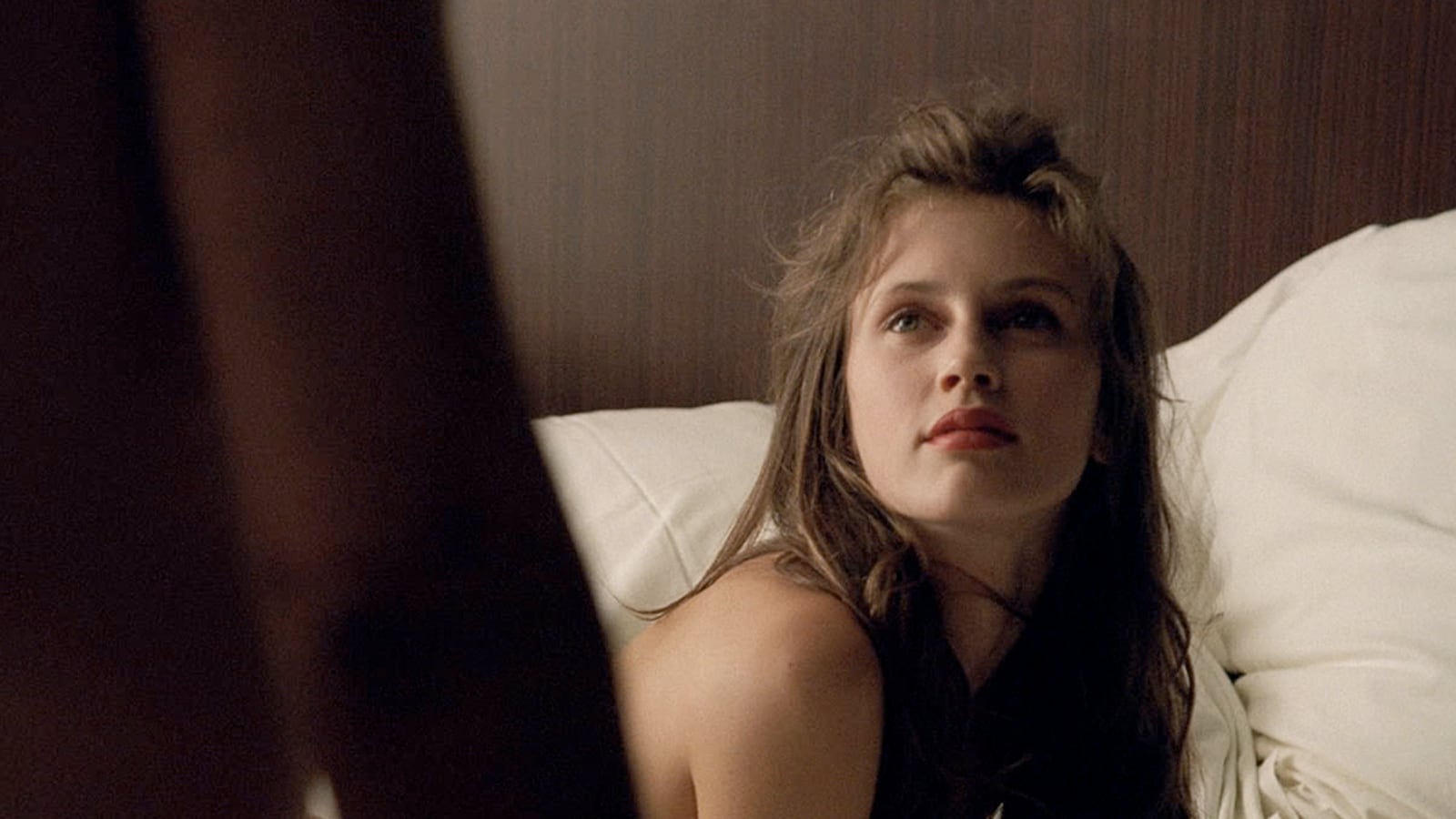
At 23, Marine Vacth is already a veteran model. Spotted by a scout at the age of 15, she became the face of Yves Saint Laurent’s “Parisienne” fragrance in 2011, a job previously held by Kate Moss. After small roles in films by Cédric Klapisch and Alexandre Arcady, Vacth will doubtless receive more attention after the release of François Ozon’s Jeune et jolie (Young and Beautiful), which premiered on Thursday as part of the Cannes Film Festival’s Official Competition.
Ozon’s film is considerably less straightforward, and more puzzling, than Vacth’s seemingly smooth career trajectory. Yet by the end of the film, it’s abundantly clear why the director (whose films range from the frothy 8 Women to thrillers like Swimming Pool) wanted her for the central role of a morose teen prostitute. Instead of the usual case study of a good girl gone bad, a genre long cherished by Hollywood, Young and Beautiful is a thoroughly nonmoralistic, rather clinical, film about the opaque Isabelle, a 17-year-old from a well-heeled family who becomes a part-time hooker for pleasure instead of money. Perhaps the most radical—and most disturbing—aspect of the film is Ozon’s refusal to give the audience access to Isabelle’s interior life; this is not a character study in which a protagonist’s behavior is explained with the help of psychological talking points.
Vacht’s low-key approach to acting, in which emotions only register on her face in the subtlest fashion, is perfectly suited to the demands of a film that, quite perversely for some audience members, depicts an adolescent’s sexual experimentation without analyzing it. Interestingly enough, Ozon lucidly explains his casting of Vacth by arguing that he “realized it would be better to work with an actress who was slightly older than the role, someone with maturity and distance … The moment I met her, I was struck by an impression of extreme fragility and, at the same time, strength … Her obvious physical beauty holds a mystery, a secret. It arouses our curiosity, we want to know more.”

To a certain extent, Young and Beautiful can be viewed as a variation of the French adolescent coming-of-age film; the prostitution twist is merely a plot development that plays into Isabelle’s empowering discovery of her sexual prowess; as Ozon observes, this motif enables him to highlight the fact that adolescence heralds the advent of a “hormonal,” as well as an emotional, transformation in the lives of young people.
This dispassionate examination of youthful passion is encased in a rather airless narrative structure. We follow Isabelle’s sexual pilgrim’s progress during the course of one year—from a carefree summer vacation with her parents to a contemplative spring after the febrile young beauty’s brief career in the sex industry comes abruptly to an end. More often than not, the camera views her from a distance. The film opens with her bratty brother spying on her with binoculars as she suntans on a beach. Instead of explanatory monologues that telegraph her emotions, the interlocking perspectives of her favorite client, her mother, and her stepfather demonstrate how others define this inscrutable teenager. Since she is obviously underwhelmed by her summertime fling with a German boy, the implication is that anonymous sex proves more titillating for a novice lover whose sexuality is still a work in progress. The mercurial nature of adolescence is driven home by Ozon’s decision to score each of the seasonal segments with a song sung by Françoise Hardy, the French chanteuse whose hit tunes were considerably more melancholy than typical pop fare.
Young and Beautiful’s only flirtation with melodrama arrives when Georges (Johan Leysen), an elderly client who Isabelle appreciates for his tenderness, dies of a postcoital heart attack in a hotel room. The elements of a potboiler are present—Isabelle is summoned to a police station, her liberal-minded mother is outraged, and the recalcitrant heroine begins seeing an empathetic therapist. Nevertheless, viewers are denied a “rosebud” moment that sums up, or judges, her brief career as a call girl. It’s arguable that, as a gay director without any investment in the standard moral entanglements that usually plague discussions of prostitution, Ozon is more preoccupied with Isabelle’s bodily experiences than the quandaries dissected by social workers and other do-gooders.
In addition, although the film has already been compared to Luis Buñuel’s Belle de Jour, Young and Beautiful bears little resemblance to the surrealist master’s exploration of a repressed housewife’s desire to use prostitution as a catalyst to break free of middle-class repression. Neither does this elliptical movie share much in common with Steven Soderbergh’s more recent The Girlfriend Experience, a one-dimensional tract that made some facile analogies between prostitution and the financial follies of the Great Recession. Instead, in its own gnomic way, Ozon is redefining the discovery of the sexual revolution of the 1960s—the awareness that bodily pleasures can be divorced from love and procreation. If his response to the consequences of this legacy is notably ambiguous, it’s only because he no doubt feels that it would be too glib to either enshrine, or denounce, Isabelle’s vertiginous path to sexual freedom.






